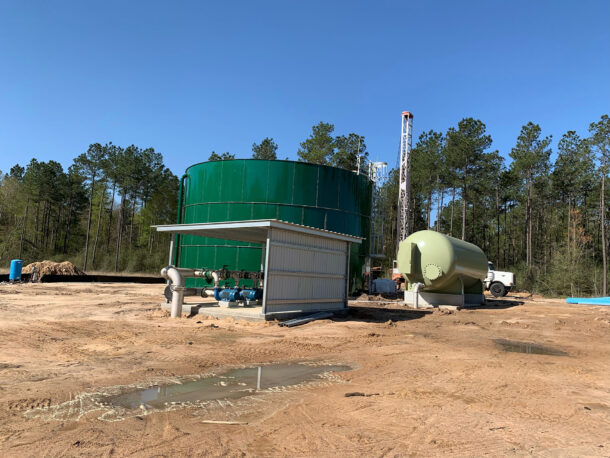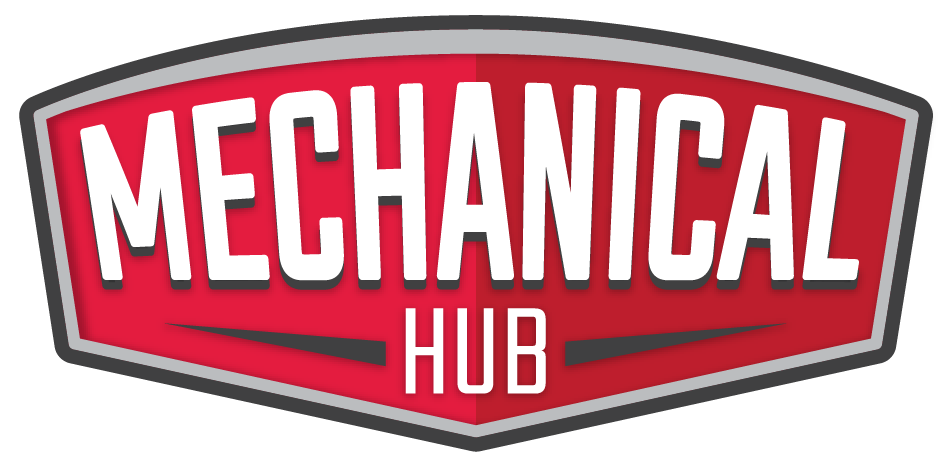Ever wondered why wastewater treatment is such a big deal in plumbing? The unseen force behind it all – Biochemical Oxygen Demand – determines whether your plumbing system is keeping water safe or turning it into an environmental hazard.
BOD isn’t just a technical metric; it’s a critical indicator of how organic waste interacts with plumbing infrastructure. High BOD levels can spell disaster, clogging pipes, overloading treatment systems, and even affecting water quality in your area.
So what do you need to know? Read on to find out.
Why BOD Matters in Plumbing Systems
For plumbing professionals, the significance of BOD goes beyond basic wastewater treatment. When organic matter builds up in drainage systems, grease traps, and pipes, it can accelerate corrosion, contribute to biofilm formation, and increase maintenance demands.
Industrial and commercial facilities, particularly those in food processing, brewing, and pharmaceutical production, generate high-BOD wastewater that requires specialized treatment to prevent damage to infrastructure.
Without proper treatment, excessive BOD levels can also strain municipal wastewater plants. Plumbing systems that connect to public treatment facilities must comply with discharge limits to avoid fines and potential system overloads.
If these levels aren’t managed effectively, local treatment plants may struggle to break down waste efficiently, leading to untreated or partially treated water making its way into the environment.

How Plumbing Systems Handle BOD
Companies have to use mechanical, biological, and chemical treatments to address BOD in plumbing systems. The approach depends on the level of contamination and the specific needs of the facility.
Industrial facilities often use screens, sedimentation tanks, and grease traps to remove BOD from wastewater. This reduces the organic load and minimizes the strain on downstream treatment processes.
Since BOD measures the oxygen demand of microorganisms, increasing oxygen levels in wastewater helps break down organic matter more efficiently. Aeration systems, commonly used in treatment plants, inject air into wastewater to promote aerobic microbial activity.
Many facilities integrate:
- Biofilters
- Activated sludge processes
- Trickling filters
- Sequencing batch reactors
To boost the microbial breakdown of organic material. These systems rely on naturally occurring bacteria to digest contaminants, reducing BOD levels before wastewater is discharged.
In some cases, chemical additives like hydrogen peroxide or ozone are used to oxidize organic matter and lower BOD levels. While effective, chemical treatments must be carefully managed to avoid negative impacts on plumbing infrastructure and the environment.
For industries dealing with particularly high BOD wastewater, specialized treatment systems can significantly improve efficiency. Techniques such as membrane bioreactors and moving bed biofilm reactors help with biological treatment, removing BOD from wastewater while reducing maintenance demands.
The Role of Plumbing Professionals in BOD Management
Experts can help you make sure that wastewater systems are designed and maintained to handle BOD effectively. This starts with proper system design, using:
- Grease trap
- Sedimentation tanks
- Flow control devices
- pH adjustment tanks
- Aeration systems
To prevent organic overload. Regular maintenance, including pipe inspections and biofilm management, also helps keep plumbing infrastructure operating smoothly.
For businesses generating high-BOD wastewater, working with wastewater treatment specialists with smart plumbing technology ensures compliance with regulations and protects plumbing systems from premature failure. Investing in the right treatment technology not only improves efficiency but also prevents unexpected costs because of things like blockages or corrosion.
BOD: Now You Know
BOD is more than just a wastewater treatment concern – it directly impacts the performance and longevity of plumbing systems.
Understanding and addressing BOD is a critical part of maintaining effective plumbing operations, and for those in the industry, staying ahead of treatment technologies ensures long-term system performance.




Join the conversation: